Not convinced? Consider this: A January 2016 Yoga Alliance study revealed that for every current yoga teacher, there are two teachers in training. And it's not just longtime yogis who want to put themselves at the head of the class—among those trainees, nearly one in three has been practicing for two years or less.
Naturally, studios are responding to this demand by launching a range of new, often-innovative teacher training and mentorship programs. While the typical 200-hour, Yoga Alliance-approved certification program has always been pretty standardized—with an emphasis on pose alignment, anatomy, and yoga philosophy—the newest teacher training curriculums from studios like Sky Ting in New York City and Y7 in Los Angeles and NYC are going beyond the basic requirements, injecting extra lessons on everything from playlist crafting to Chinese medicine and Taoist theory.
The newest teacher training curriculums are going beyond the basic requirements, injecting extra lessons on everything from playlist crafting to Chinese medicine
"I think as time goes on, trainings all over are becoming more inquisitive," says Sarah Levey, co-founder of Y7 studios. "There's a deeper quest for knowledge. People are asking about sequencing, dealing with injuries, and specific types of yoga. They want to know more about the heart of yoga."
As it-studios roll out their own spin on YTT, how are they innovating the yoga world? And, perhaps more importantly, what does this mean for the new generation of yogis who are jumping from student to mentor?
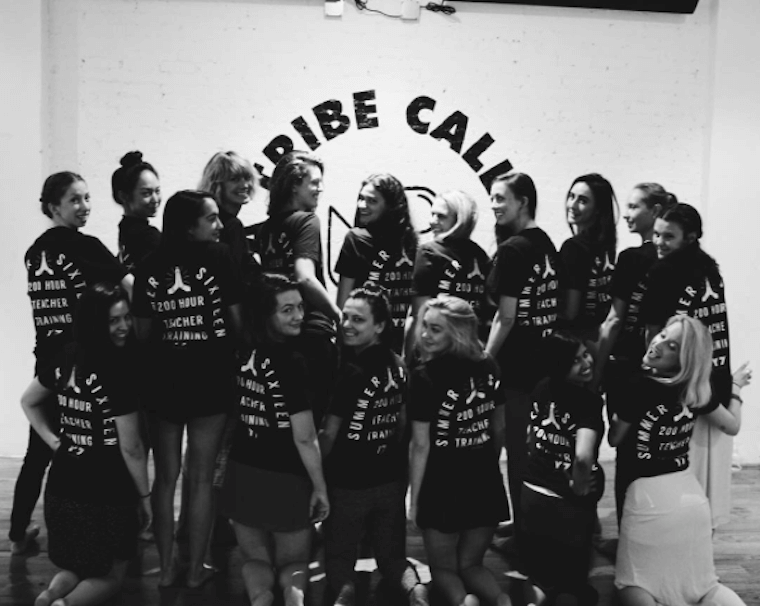
YTT: The antidote to a quarter-life crisis?
The recent surge in teacher trainees isn’t just because more Americans are practicing yoga today than ever, although that’s definitely a part of it (36 million of us, to be exact—that’s 50 percent more than in 2012).
“I think people are intrigued by yoga teacher training because anyone who has been through it says, ‘It changed my life,’” says Jessica Rosen, owner of One Down Dog in LA’s hip Silver Lake and Eagle Rock neighborhoods, who has been offering her own teacher training since 2013.

{{post.sponsorText}}
Considering that burnout is becoming commonplace by the age of 30, it’s not surprising that there’s a gravitational pull toward that kind of deep transformation. “Work in general is changing so much right now; people are getting into a career and realizing, ‘This isn’t for me,’” notes Rosen. “A lot of people who sign up for my teacher training are in transition...they want to do something different.”
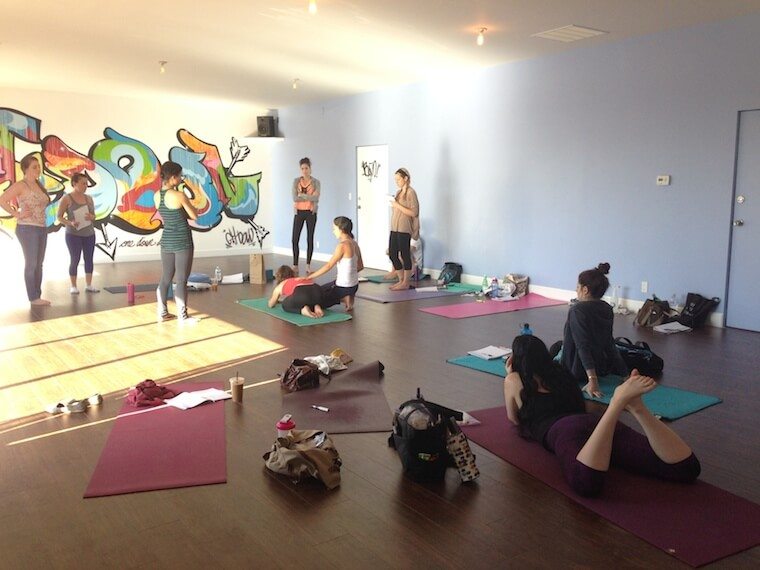
Even so, most of the yogis who go through teacher training don’t end up making a full-time career out of it—according to the Yoga Alliance survey, only 29 percent of teachers report yoga as their primary source of income. “We’ve found across the years that a lot of people who want to do teacher trainings do it to deepen their practice, not knowing if being a teacher is necessarily what they want to do,” says Chloe Kernaghan, co-founder of NYC’s Sky Ting studio.
"People are seeing really famous Instagram 'yogalebrities' that seem to have it all and can do these crazy things with their bodies"
Rosen agrees, adding that the rise of the celebrity yogi has a lot to do with this flurry of interest around intensive training programs. “On the first day we ask what the students want to get out of teacher training, and a lot of them want to get upside down,” she says. “People are seeing really famous Instagram 'yogalebrities' that seem to have it all and can do these crazy things with their bodies."
Yet once reality sets in—a 200-hour teacher training, after all, is all about mastering the foundations of yoga—the intention usually shifts. "By the end of training they’re like, ‘I could care less about that.’ They learn there’s so much this practice has to offer beyond acrobatics.”
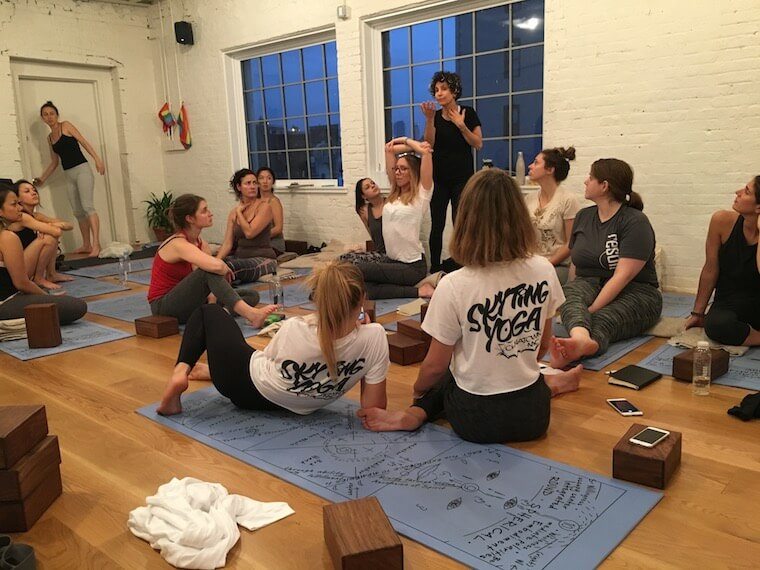
New lessons for a new generation of yogis
As an emerging breed of studios finds success in catering to the millennial set—hip-hop soundtracks, hang-out zones, and all—the newest teacher training curricula focus on translating traditional teachings for the next generation of yogis.
For Rosen, that means not just schooling her prospective teachers in the physical aspects of yoga, but also in the art of inspiring people.
"It’s not just about showing people how to teach a warrior 2; it’s about showing them how to teach yoga as a life skill"
“We take ancient teachings that might be really esoteric and make them applicable to now,” she says. “It’s not just about showing people how to teach a warrior 2; it’s about showing them how to teach yoga as a life skill. The teachers who have something to say are the teachers who have the most success. It’s important that whoever comes out of my training program is showing up in that way, and not just, ‘I’m here to tell you where to put your foot.’ Because that’s not going to inspire their students to keep doing yoga.”
At Y7, which launched its first 200-hour teacher training last month in New York, there’s a major focus on building confidence through hands-on experience, rather than observation and lectures. For instance, says Levey, trainees are thrown into teaching poses to the group on the very first day. “Anyone can memorize anatomy and Sanskrit names of poses—the toughest part is bringing those things to life,” she says.
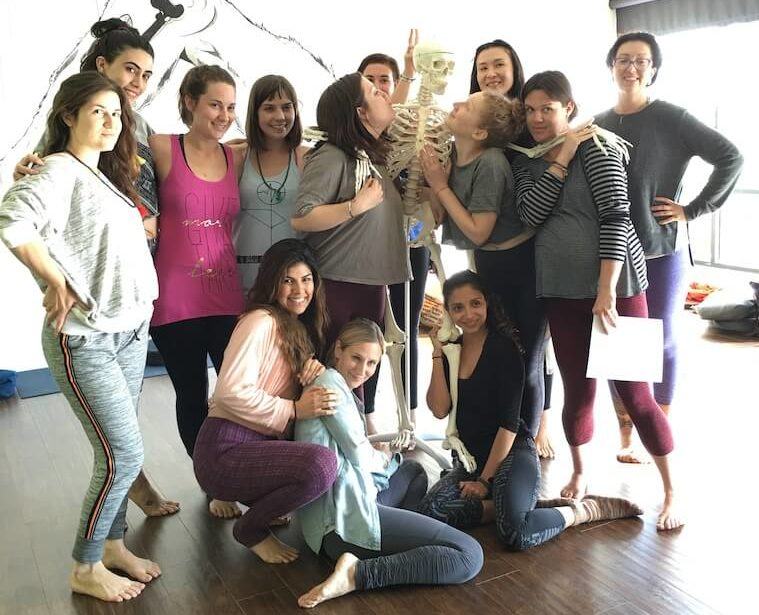
And rather than just focus on one style of yoga, some teacher trainings are incorporating multiple teachers and traditions. Take Sky Ting’s new 200-hour teacher training, which starts in September: The curriculum is influenced by vinyasa flow, Chinese medicine, Iyengar, and Katonah yoga principles, while the impressive roster of guest lecturers will include Nevine Michaan, Abbie Galvan, Ally Bogard, and Kumi Sawyers.
“[Sky Ting co-founder Krissy Jones and I] really liked the idea of bringing in outside teachers and having more than just our voices in the room,” says Kernaghan. “By getting a lot of exposure to different people and different ways of teaching, you really start to understand yourself as a student and who you want to be as a teacher.” Adds Jones: “We want our students to have lots of options, since we believe options make you powerful. We’re not just trying to preach one message.”
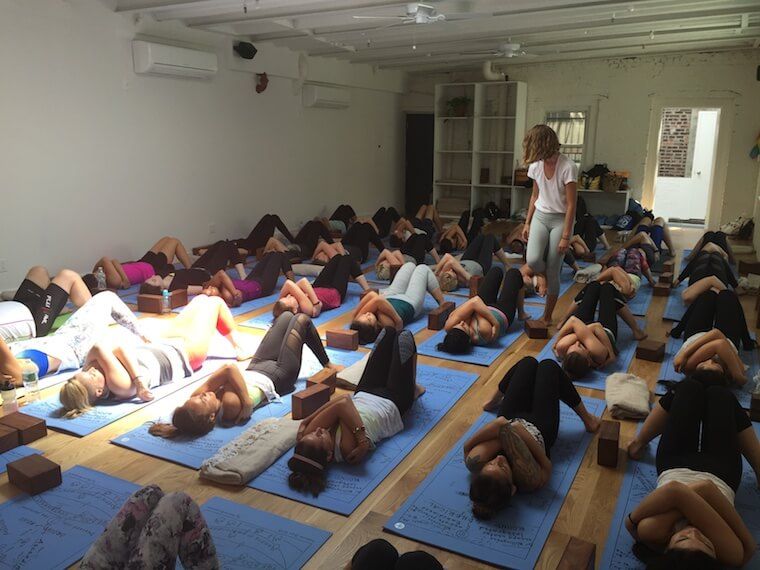
Beyond 200 hours
Of course, with all of these newly certified teachers on the scene, the competition for teaching jobs is getting tougher. “People are spit out of 200-hour programs so regularly, and then you’re a little bit adrift in the huge sea of yoga, which is very wide and shallow,” says Wanderlust co-founder and Kula Yoga Project creator Schuyler Grant.
To address that issue, Wanderlust Hollywood is preparing to launch its first 300-hour advanced training in August for the 200-hour-certified teacher who wants to set himself or herself apart from the pack. Students can complete the program at their own pace, taking modules from all-star instructors like Noah Mazé, Annie Carpenter, Joan Hyman, and more. “It’s so fun because we get to go to the world-class teachers we work with at the festivals and say, ‘Hey, when you’re in town would you like to lead a training?’” Grant says.
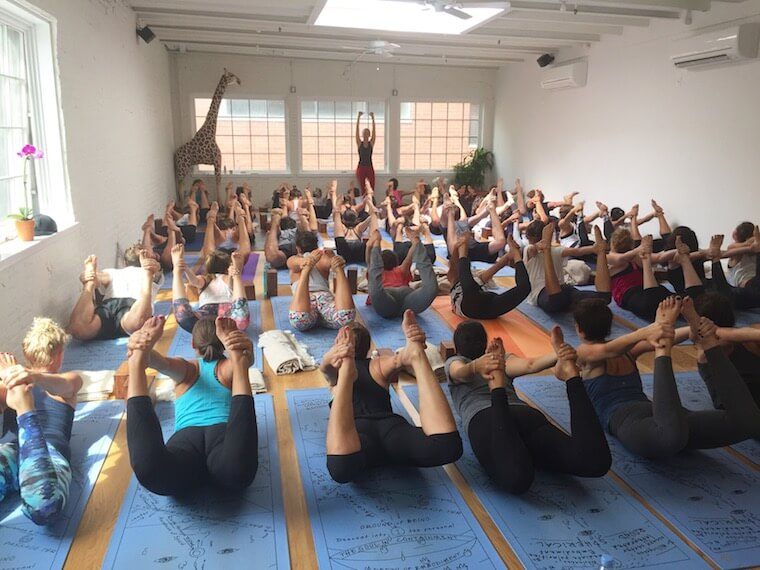
And for freshly certified teachers who need a bridge between being a student and helming their own class, mentorship programs are also on the rise. Y7 and Sky Ting both offered these before launching their full-scale teacher trainings, and Love Yoga in Venice, CA, offers them as well.
"There’s something so potent about spending 8 to 10 hours a day with a group of strangers—the tears and the sweat and friendships that come out of that can be really profound"
“Our program lets our mentees assist and observe their mentor's classes, and by the end of the program they are teaching donation-based community classes that benefit our favorite Venice charities,” says co-founder Kyle Miller, who is also developing a 200-hour teacher training program for 2017.
One caveat: Mentorships can cost almost as much as teacher trainings themselves, which average between $3,000-$4,000 in New York and LA. But just about anyone who has completed her 200 hours will tell you it’s well worth the price tag. “There’s something so potent about spending 8 to 10 hours a day with a group of strangers—the tears and the sweat and friendships that come out of that can be really profound,” says Grant. “True bonding comes out of shared difficulty and shared success. Teacher trainings are inevitably their own kind of mini-drama...and it’s so fun!”
Want to know what teacher training is really like? Here's what you'll learn that has nothing to do with mastering crow pose. And if meditation's your speed, The Path and MNDFL are offering teacher trainings, too.
Loading More Posts...